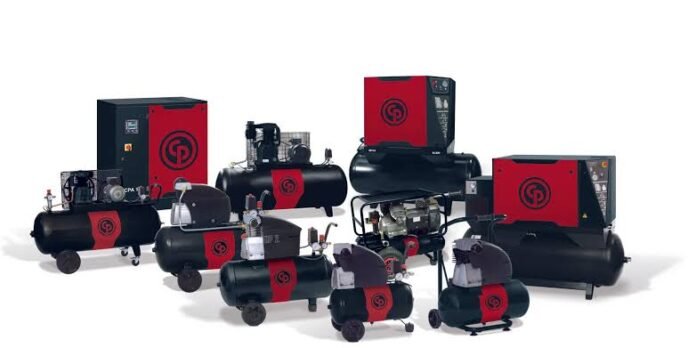Compressors are essential machines in many industries. They help run tools, keep production lines going, and support cooling systems. When compressors need repair, the choice of replacement parts is very important. Using the correct components means better performance, fewer breakdowns, and lower costs. The wrong parts, on the other hand, can cause failures, safety risks, and expensive repairs. This article explains why it is important to select the right components for compressor replacement for long-lasting and safe operation.
Material Specifications and Compressor Reliability
The material used in a compressor part decides how long the machine lasts. Compressor Replacement Parts made from weak or poor-quality materials may wear out fast. For example, a valve made from the wrong metal can bend, crack, or rust too soon.
When a part fails, it can lead to more problems in the machine. Choosing replacement components that match the original material helps keep the system reliable. Good materials resist corrosion, withstand pressure, and last longer, thus saving money on repairs in the long term.
Precision and Tolerances in Replacement Parts
Each compressor has many moving parts that must fit together perfectly. If a replacement part is not made to precise measurements, problems will follow. A piston or cylinder with incorrect tolerances can cause leaks or increased friction. This reduces efficiency and wears out other components more quickly.
High-quality replacement parts are made using careful measurements. Precision in size and shape makes sure all of them work smoothly together. When every piece fits as it should, the machine performs better and needs fewer repairs.
Valve and Seal Selection Effects
Valves and seals control how air or gas moves inside the compressor. Using the correct type is important for keeping the system sealed and running smoothly. If a seal is made from the wrong material, it can shrink, crack, or let leaks happen. This reduces the compressor’s pressure and raises energy costs.
The wrong valve may not open or close at the right time, hurting performance. Selecting the right seals and valves keeps the machine air-tight and stable. This means more efficient compression and fewer interruptions to work.
Bearing and Bushing Compatibility
Bearings and bushings help moving parts rotate smoothly inside a compressor. If these components are not the right size or type, they can increase noise, cause shaking, or make them wear down early. Using a bearing that cannot handle the compressor’s load or speed puts extra stress on the machine.
Matching the bearing or bushing to the proper requirements supports smooth movement. This reduces vibration, limits heat, and extends equipment life. Proper replacement here lowers the risk of sudden breakdowns.
Role of Filters and Lubricants
Filters and lubricants protect a compressor from damage. Filters catch dust and debris before they enter the system. If a filter is the wrong type or size, dirt can get through and wear out the moving parts. Lubricants let parts slide against each other without scraping.
Using the wrong lubricant can cause components to stick, overheat, or break. It can also damage seals or form sludge inside the compressor. Replacing filters and lubricants with the right kind means cleaner air, smoother operation, and fewer repairs.
Impact of Incorrect Part Sizing
Parts that do not fit exactly cause a range of problems. A bolt that is too short or a gasket that is too loose might start to leak or move out of place. Even small errors in size can result in lost pressure, extra noise, or internal damage.
Compressors rely on the correct fit between all components to work under pressure without leaking. Using those that are too big or small can create safety hazards and raise repair costs. It makes sense to always check size and fit before installing a part.
OEM and Standard Compliance Risks
Choosing parts that meet the original equipment manufacturer (OEM) standards is about more than keeping warranties valid. OEM or certified standard components are tested for quality, safety, and compatibility. Non-standard or copy ones may look similar but often do not last as long or protect the machine as well. These might fail sooner, leading to machine breakdown and production stoppage. Using standard complaint parts protects your investment and creates a safer work environment.
Application-Specific Component Selection
Compressors come in many types and are used for different jobs. Some work with air, some with special gases, and each has unique pressures and cycles. Replacement parts must match not just the compressor model but also the application’s needs.
Components meant for an air compressor might fail in a gas compressor. Special gaskets, valves, or bearings might be needed for chemical resistance or high-pressure work. Understanding these needs when choosing components makes maintenance easier and avoids future issues.
Selecting the proper Compressor replacement parts is important for safe, smooth, and cost-effective operation. Quality materials, careful sizing, correct tolerances, and standard-compliant components all contribute to machine life and performance. Choosing the right valves, seals, bearings, filters, and lubricants reduces failures and lowers expenses. Considering how the part will be used ensures long-lasting results and fewer surprises. Making careful choices protects the investment in equipment and supports stable, trouble-free production.
